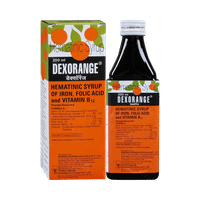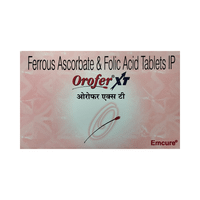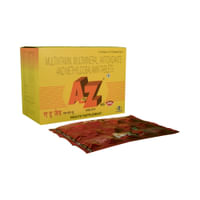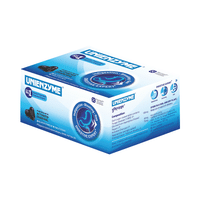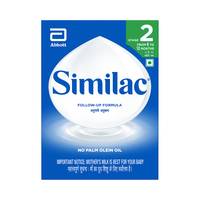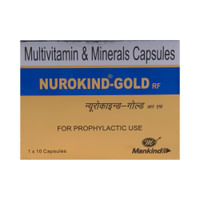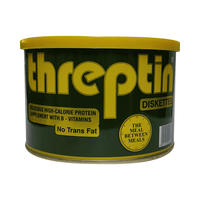Fpp Active Tablet

Rs.129for 1 strip(s) (10 tablets each)
food interaction for Fpp Active
alcohol interaction for Fpp Active
pregnancy interaction for Fpp Active
lactation interaction for Fpp Active
food
alcohol
pregnancy
lactation
Fpp Active Tablet is to be taken empty stomach.
Take it preferably before food.
None
Take it preferably before food.
None
CAUTION
It is unsafe to consume alcohol with Fpp Active Tablet.
UNSAFE
Fpp Active Tablet may be unsafe to use during pregnancy. Although there are limited studies in humans, animal studies have shown harmful effects on the developing baby. Your doctor will weigh the benefits and any potential risks before prescribing it to you. Please consult your doctor.
CONSULT YOUR DOCTOR
Fpp Active Tablet is probably safe to use during breastfeeding. Limited human data suggests that the drug does not represent any significant risk to the baby.
SAFE IF PRESCRIBED
SALT INFORMATION FOR Fpp Active
Fexofenadine(60mg)
Uses
Fexofenadine is used in the treatment of sneezing and runny nose due to allergies and allergic conditions.
How it works
Fexofenadine is an antihistaminic medication. It treats allergy symptoms such as itching, swelling, and rashes by blocking the effects of a chemical messenger (histamine) in the body.
Common side effects
Headache, Drowsiness, Dizziness, Nausea
Phenylephrine(10mg)
Uses
Phenylephrine is used in common cold.
How it works
Phenylephrine is a decongestant. It works by narrowing the small blood vessels which provides temporary relief from inflammation (redness and swelling) and discomfort.
Common side effects
Nausea, Vomiting, Headache, High blood pressure, Arrhythmia (irregular heartbeats), Blurred vision, Breathlessness, Itching, Restlessness, Reflex bradycardia, Excitation, Epigastric pain, Neck pain, Tremors, Hypertensive crisis, Eye pain, Stinging in the eyes, Photophobia, Conjunctival sensitivity, Preterm and low birth weight infants, Fainting, Myocardial infarction, Subarachnoid hemorrhage
Paracetamol(325mg)
Uses
Paracetamol is used for pain relief and fever. It is used to relieve pain in conditions like headache, muscle pain, or dental pain.
How it works
Paracetamol is an analgesic (pain reliever) and anti-pyretic (fever reducer). It works by blocking the release of certain chemical messengers that cause pain and fever.
Common side effects
Nausea, Vomiting, Insomnia (difficulty in sleeping), Headache, Constipation, Itching, Nephropathy, Hypersensitivity, Platelet disorders, Depression, Confusion, Hallucination, Abnormal vision, Hypoglycemia (low blood glucose level), Sterile pyuria, Liver toxicity, Hemorrhage
SUBSTITUTES FOR Fpp Active
5 Substitutes
5 Substitutes
Sorted By
 Rs. 145.20pay 8% more per Tablet
Rs. 145.20pay 8% more per Tablet Rs. 143save 28% more per Tablet
Rs. 143save 28% more per Tablet Rs. 33.88save 75% more per Tablet
Rs. 33.88save 75% more per Tablet Rs. 108save 19% more per Tablet
Rs. 108save 19% more per Tablet Rs. 120save 10% more per Tablet
Rs. 120save 10% more per Tablet
Expert advice FOR Fpp Active
- Fexofenadine may cause less sleepiness as a side effect compared to other similar medicines.
- Avoid drinking fruit juices (such as apple or orange) as this may affect the absorption of this medicine and cause more side effects.
- It may cause nausea. Stick to simple meals, and do not eat rich or spicy food.
- Avoid using antacids 30 minutes before or after taking this medicine. It can make it harder for your body to absorb this medicine.
- Never give the medicine to someone who seems to be suffering from a similar illness. This medicine should be taken only if prescribed by a doctor.
Frequently asked questions FOR Fpp Active
Fexofenadine
Q. What is Fexofenadine used for?
Fexofenadine is used for treating seasonal allergic conditions such as hay fever. It helps to relieve allergies of the nose (allergic rhinitis), sneezing, runny nose, itching in the eyes, excessively watery eyes, etc.
Q. What should I tell my doctor before starting treatment with Fexofenadine?
Before starting treatment with Fexofenadine, tell your doctor if you have any other health problems, like kidneys, heart or liver-related issues. This is because certain medical conditions may affect your treatment and you may even need dose modifications. Additionally, let your doctor know about all the other medicines you are taking because they may affect, or be affected by, this medicine. Also, inform your doctor if you are planning a baby, are pregnant, or breastfeeding.
Q. What if I forget to take a dose of Fexofenadine?
If you forget a dose of Fexofenadine, take it as soon as you remember. However, if it is almost time for your next dose, skip the missed dose and take the next scheduled dose in the prescribed time. Do not double the dose to make up for the missed one as this may increase the chances of developing side effects.
Phenylephrine
Q. Is it safe to use Phenylephrine?
Yes, Phenylephrine is safe for most of the patients. However, in some patients, it may cause side effects like nausea, vomiting, headache, fatigue, dizziness, dryness in the mouth, sleepiness and allergic reaction. If you experience any persistent problem while taking this medication, inform your doctor as soon as possible.
Q. Can the use of Phenylephrine cause dizziness?
Yes, the use of Phenylephrine can cause dizziness (feeling faint, weak, unsteady or lightheaded) in some patients. If you feel dizzy or lightheaded, it is better to rest for sometime and resume once you feel better. Do not drive or use any machines. Consult your doctor if the side effect persist or worsen.
Q. Can the use of Phenylephrine cause nausea and vomiting?
Yes, the use of Phenylephrine can cause nausea and vomiting. To avoid nausea one can take Phenylephrine with milk, food or with antacids. If vomiting occurs, drink plenty of water or other fluids. Talk to your doctor if vomiting persists. You should let your doctor know if you are unable to drink water and there are signs of dehydration, like dark colored and strong-smelling urine and a low frequency of urination. Avoid taking fatty or fried foods along with this medication. Do not take any other medicine without consulting your doctor.
Paracetamol
Q. What if I vomit after taking Paracetamol?
If you vomit in less than 30 minutes after having a dose of Paracetamol tablets or syrup, retake the same dose again. If you vomit after 30 minutes of a dose, you do not need to take another one until the next standard dose.
Q. When will I feel better after taking the Paracetamol?
Usually, you will start feeling better after about half an hour of taking a Paracetamol.
Q. How often can I take the Paracetamol?
You should only take four doses of Paracetamol in 24 hours. There should be a gap of at least 4 hours between two doses. Do not take Paracetamol for more than 3 days without consulting a doctor first.













